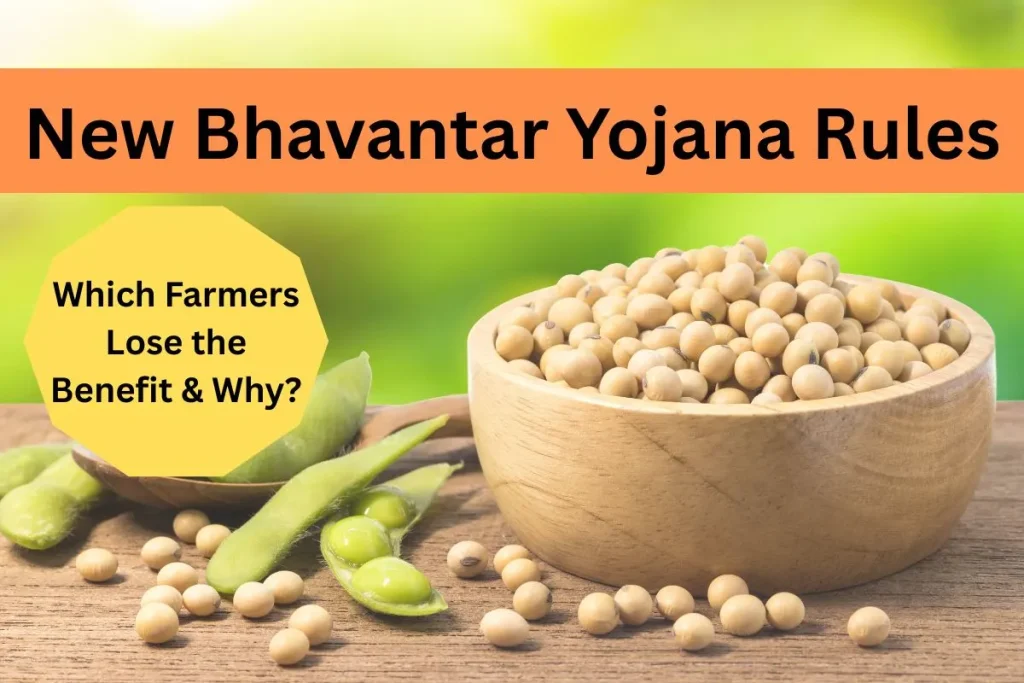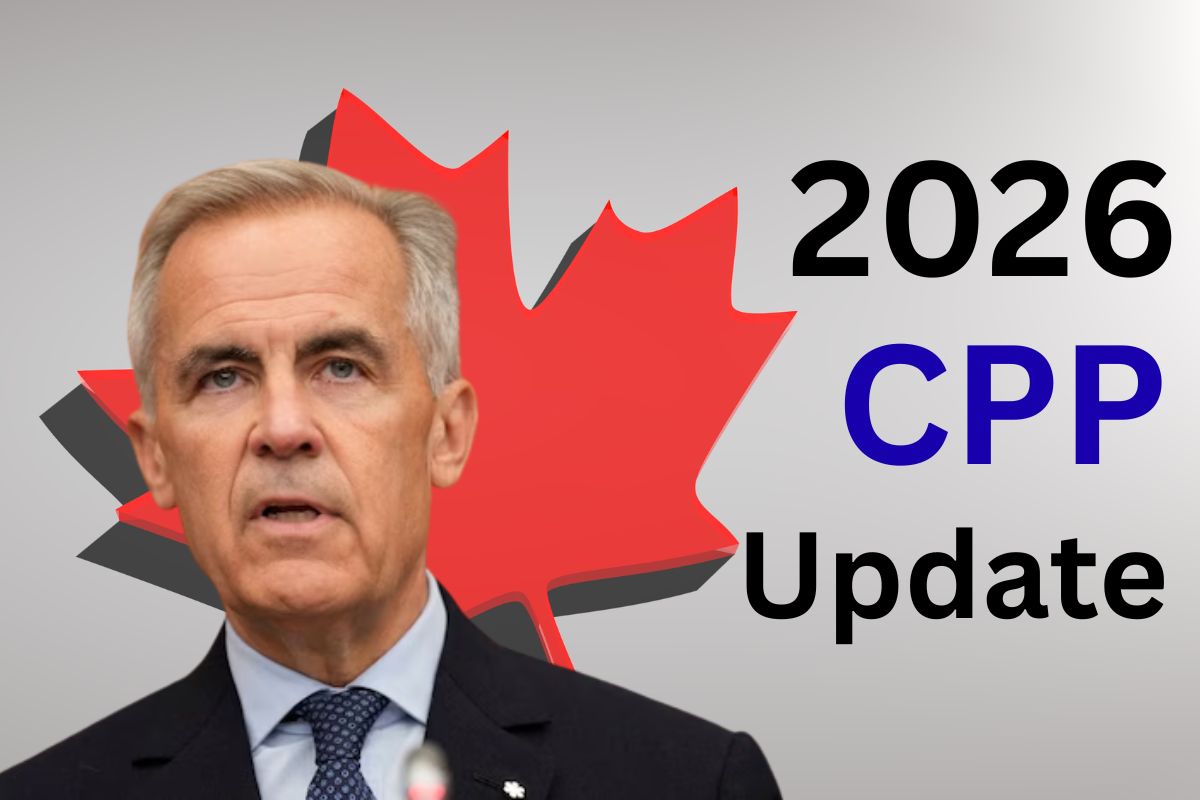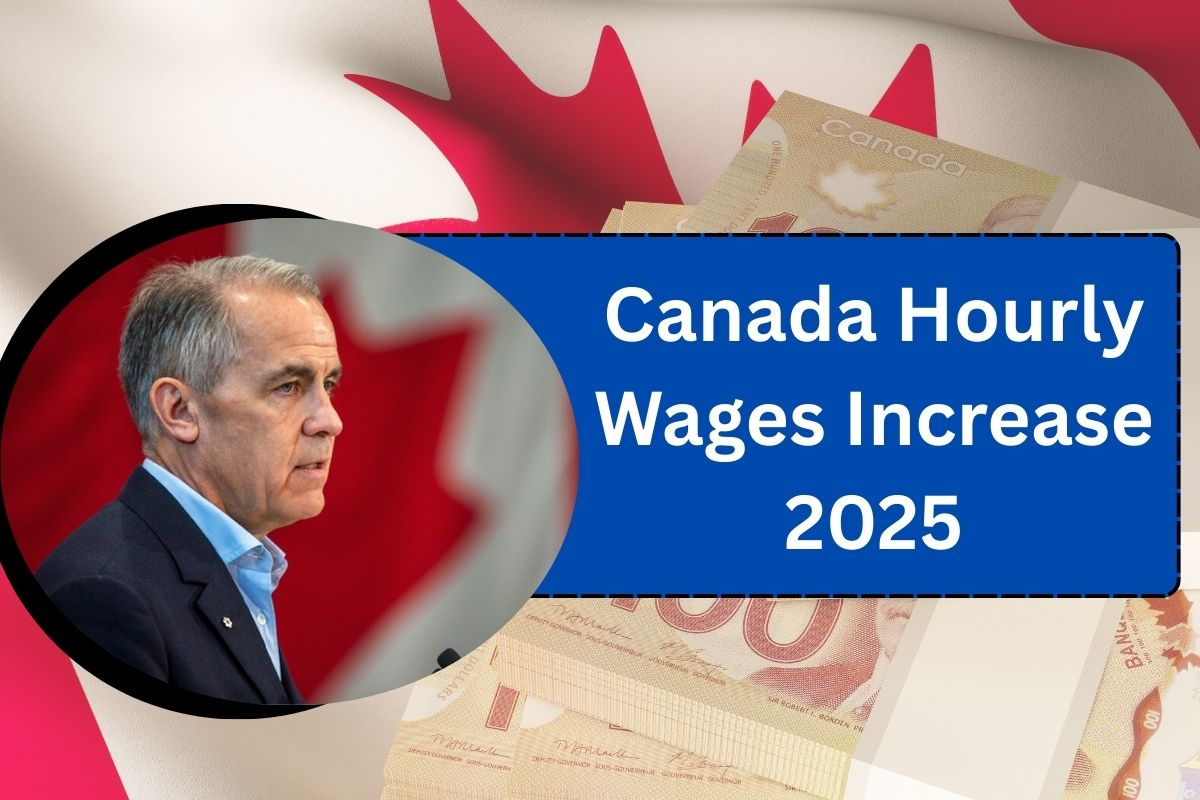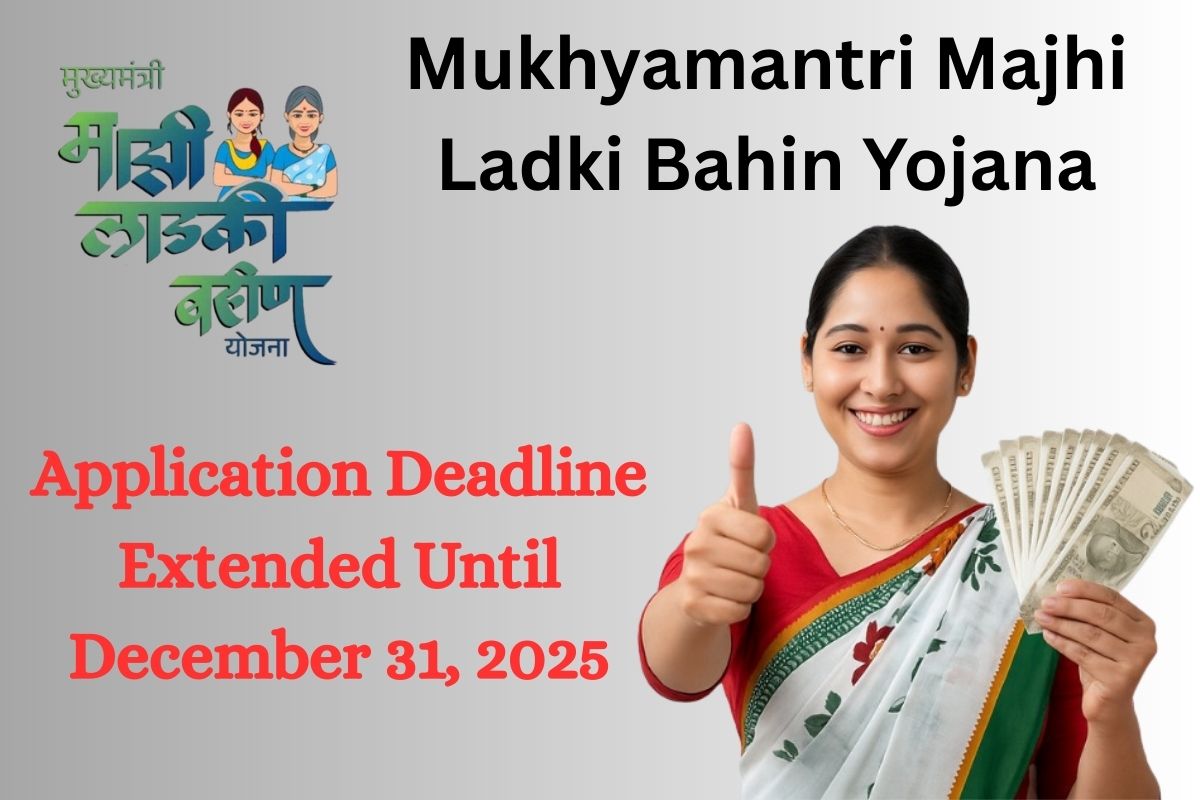There is a rumor it is believed that the Madhya Pradesh government has reintroduced the Bhavantar Yojana in 2025 but this time, with more stringent guidelines that could exclude most farmers from receiving benefits. If you’re a farmer of soyabean hoping to get a payment through the scheme, you’ll need understand the current guidelines for eligibility, which will determine if you’re eligible for assistance from the government or if you’ll be denied financial assistance. The program promises to bridge the gap between market prices and the minimum support price (MSP) however, the truth is more complex.
Changes to registration deadlines, as in addition to the requirements for documentation and payment arrangements mean that certain kinds of farmers might get benefits that are not available to others. The understanding of these new rules is crucial since the delay in registering or failure to comply with specific requirements could mean that you could be at risk of being liable for thousands of dollars in compensation you’re entitled to as farmer.
New Bhavantar Yojana Rules
The Bhavantar Yojana is does an initiative of the Madhya Pradesh government’s attempt to ensure that farmers who grow soybeans are safe from market volatility through compensating for differences between prices of the market as well as the MSP. Although the plan may sound appealing on paper, the actual implementation creates several obstacles that hinder real farmers from enjoying these advantages. The assurance that the government will offer fair prices is subject to strict conditions that often hurt the farmers who the scheme is intended to assist.
Scheme Overview
| Aspect | Details |
| Registration Period | October 3-17, 2025 |
| Target Crop | Soybean |
| MSP Rate | Rs 5,328 per quintal |
| Benefit Period | November 1, 2025 – January 31, 2026 |
| Payment Method | Direct bank transfer |
| Registration Cost | Free of cost |
| Official Website | https://mpkrishi.mp.gov.in/ |

Why Some Farmers Lose Benefits
The new regulations in the new rules for Bhavantar Yojana have led to various barriers that hinder certain farmers from benefiting. It’s possible to forfeit compensation as a result of registration problems or documentation problems. Also, selling practices do not meet the rules for the program.
Registration-related exemptions: If you do not reach the deadline of October 17, 2025, and you do not meet the deadline, then you are no longer entitled to benefits under the program. The window for registering is very narrow and many farmers living in rural areas are not able in completing the application within the deadline stipulated. Furthermore, in the event that your application isn’t completed or contain errors, the application will be rejected with no possibility of resolving the issue.
Prerequisites for requirements for land Documentation: You need specific documents related to land including an income record Aadhaar card, bank’s passbook, and Samagra ID to be eligible to register. Farmers with dispute over land ownership or records that aren’t up to date or who operate with leases that isn’t properly documented, risk immediate rejection. This is particularly the case for small-scale farmers who often do not possess formal title to their property.
Market-Based Exclusions
It is intended for farmers who sell their goods through a registered mandis (agricultural market). In the case that you don’t sell soybeans via an APMC program directly to buyers at village level or through private buyers, you will not receive any money.
Village-level sale penalties: Small farmers who produce just a little have financial difficulties allowing them to send their products to mandis across the miles. Costs of transport, as well as expenses of labor and time allow village sales to be more viable. But the scheme deliberately hinders these sales and disadvantages small and marginal farmers.
Qualities and Quantity Limitations: The program utilizes districts annual averages of yields. It does not consider individual farmer production. If you’re an experienced farmer with greater yields than the average, but the calculation of compensation may not reflect the amount you actually produce which may cause a reduction in your payout. In addition that you help farmers who aren’t as successful by transferring their crop to mandis, you may be denied payment due to the fact that you are in excess of production limits that you set as per.
Documentation and Verification Challenges
The revenue department’s confirmation of registered farmers and their land records provides an additional level of disqualification. If there is any discrepancies between the land records you have or ownership disputes, or if errors are found in the documents that are used to verify revenue, that registration can be cancelled no matter the original acceptance.
Bank account Issues: Bank transfers that are direct require banks with active accounts and are linked to the Aadhaar account. Farmers who don’t have accounts or have mismatched KYC information, or have problems with their bank accounts could result in problems with payments, or even total loss of benefits.
Financial Calculation Disadvantages
The compensation system in the scheme may be detrimental to some producers. If you are able to sell your soybeans at prices that are greater than the cost for the modal, however, you are able to sell it at a lower price than MSP, the government’s compensation will be reduced. The system penalizes those who invest in higher yields or have superior selling skills.
Modal Price Manipulation calculation is based on the average price for selling in three distinct states, may be affected by manipulations in markets. Industries and big traders can manipulate prices to reduce them in the time of compensation in the hope in the belief that government intervention will in compensating for the difference. This could end up profiting farmers more than businesses.
These new regulations for Bhavantar Yojana include a number of restrictions which could stop you from receiving legitimate benefit for soya crops. Although the scheme is designed to protect farmers from price fluctuations, the strict eligibility requirements and the short time for registration and the obligatory sale of mandi keep real farmers out of the benefits. This system is particularly harmful for small-scale farmers and tenant farmers and sellers who do not sell within the marketplace structure. If you have the right to take part in the scheme, you should be sure to register promptly and carry all the documents required to avoid losing the possibility of receiving payments which could be thousands of dollars for each quintal.
FAQ’s
What does it mean to register in the period after the deadline for Bhavantar Yojana?
Late registration on or after October 17 2025 will result in a total exclusion of the program. The government will not accept late applications regardless of the reason.
Do tenants who are farmers benefit from the new regulations?
Tenant farmers have many problems because the scheme requires accurate documentation for land along with income reports. If you’re cultivating on lease property that’s not accompanied by a formal tenancy agreement or other legal documents which aren’t formal, you’ll probably be disqualified from receiving any benefits.
Why shouldn’t farmers who sell mandis to outsiders receive some payment?
The scheme grants farmers the opportunity to sell their goods through an APMC-registered APMC mandis, so as to record transactions and prevent the possibility of fraud. But, this doesn’t apply to the majority of small-scale farmers who choose selling their products through village sales because they are cheaper and more efficient.

Hi, I’m Harikesh, a content writer at cgncollege.com. I write engaging and informative articles covering the latest news, India, and global updates. My goal is to keep readers informed with accurate and insightful stories from around the world.






